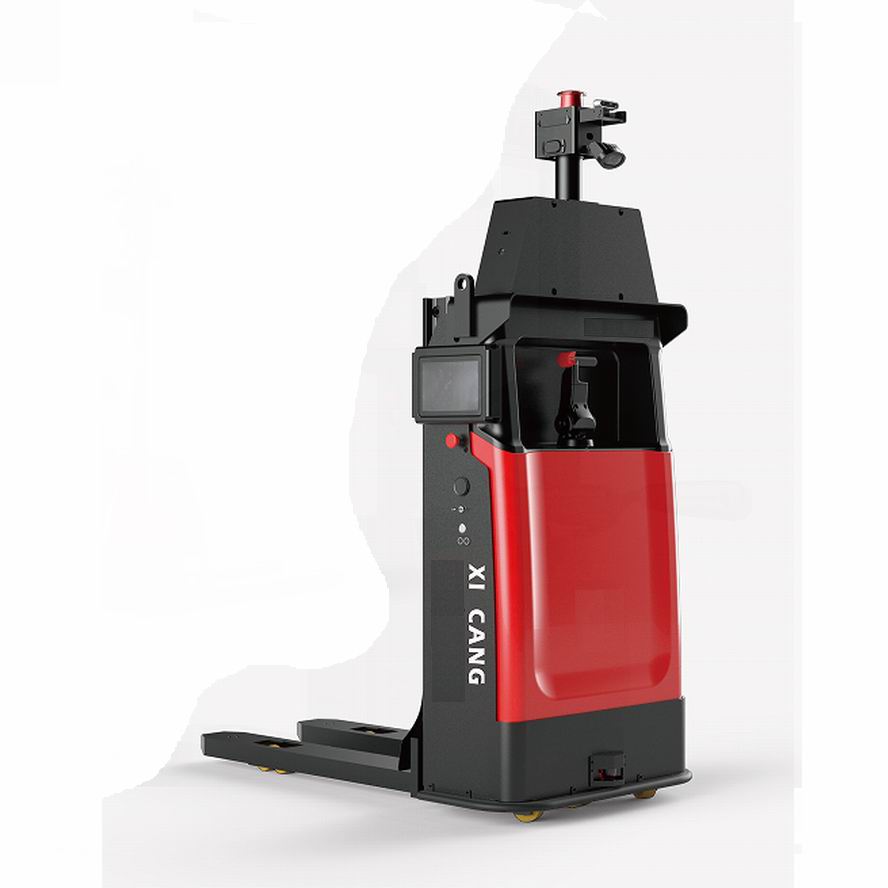**Summary of Investigation and Analysis on Building Deformation Joints**
Building deformation joints play a crucial role in maintaining the structural integrity of buildings, especially under varying environmental and load conditions. Temperature fluctuations, seismic activities, and uneven foundation settlement can cause significant stress on building structures, leading to cracks, deformations, and even structural failure. To prevent such issues, it is essential to incorporate deformation joints into the design and construction process.
During our investigation, we not only focused on deformation joints but also observed other structural elements of the house. This hands-on experience helped us better understand the practical applications of the theoretical knowledge covered in our textbooks. Field visits provided valuable insights into how different types of joints are implemented in real-world scenarios.
Deformation joints are strategically placed to allow for controlled movement within the structure. These joints divide the building into independent or semi-independent sections, ensuring that each segment can move independently without affecting the rest of the structure. The width of the joint is determined based on the expected deformation and is typically between 20–30 mm for expansion joints.
There are three main types of deformation joints: expansion joints, settlement joints, and seismic (anti-vibration) joints. Each serves a specific purpose depending on the nature of the deformation.
**Expansion Joints**:
These joints are designed to accommodate thermal expansion and contraction. They are typically installed in long buildings or where there are significant temperature variations. The construction requirements include disconnecting both the foundation and the superstructure. The joint width usually ranges from 20 to 30 mm.
**Settlement Joints**:
Used to prevent damage caused by uneven foundation settlement, these joints divide the building into separate units that can settle independently. They are required when there are large differences in building height, load, or soil conditions. The joint width varies depending on the foundation type and the height of the building, often ranging from 30 to 70 mm.
**Seismic Joints**:
In earthquake-prone areas, seismic joints help reduce the risk of structural failure during an earthquake. They divide the building into simpler, more rigid segments that can move independently. These joints must be coordinated with expansion and settlement joints to serve multiple purposes. The minimum width of seismic joints depends on the building height and seismic intensity, with values ranging from 70 mm upwards.
Understanding the proper placement and construction of deformation joints is vital for ensuring the safety and durability of buildings. This study has deepened our appreciation for the importance of these joints in modern construction practices.
Specification information:
Weighing limit: 1.5 tons
Charging method:
Manual charging: When the AGV reaches the charging position, the warning light flashes and warning music sounds.
Automatic charging: When the AGV reaches the charging position, it starts charging after confirming the information when starting the charging station. It is suitable for 24-hour long-term work projects.
Function introduction: LiDAR positioning, active cruise control, and active obstacle avoidance.Increased Storage Capacity: Thin-backed stacking forklifts allow for higher storage density in warehouses, maximizing the use of available space.
Improved Efficiency: The narrow aisle capabilities of these forklifts reduce travel distances and improve overall operational efficiency.
Reduced Costs: By optimizing storage space and improving efficiency, thin-backed stacking forklifts can help businesses reduce costs associated with warehousing and logistics.
Enhanced Safety: The safety features built into these forklifts help to prevent accidents and injuries.
Considerations:
When selecting a thin-backed stacking forklift, it is important to consider the following factors:
Lift Capacity: Ensure that the forklift has the capacity to handle the weight of the loads you need to move.
Lift Height: Determine the maximum height you need to reach for your storage needs.
Battery Capacity: Consider the battery capacity and charging requirements to ensure adequate operating time.
Maneuverability: Assess the forklift's turning radius and maneuverability to ensure it can operate effectively in your specific warehouse layout.
Operator Comfort: Choose a forklift with ergonomic features to enhance operator comfort and reduce fatigue.
Safety Features: Look for forklifts equipped with safety features to protect operators and equipment.
By carefully considering these factors, you can select a thin-backed stacking forklift that meets your specific storage and handling requirements and provides efficient, safe, and cost-effective operations.Lift Capacity: Ensure that the forklift has the capacity to handle the weight of the loads you need to move.
Lift Height: Determine the maximum height you need to reach for your storage needs.
Battery Capacity: Consider the battery capacity and charging requirements to ensure adequate operating time.
Maneuverability: Assess the forklift's turning radius and maneuverability to ensure it can operate effectively in your specific warehouse layout.For storing and retrieving pallets in high-density storage facilities.
Distribution Centers: For handling and transporting goods in distribution operations.
Manufacturing: For moving materials and finished products within manufacturing plants.
Retail: For stocking shelves and managing inventory in retail stores.
Cold Storage: For handling and storing frozen or refrigerated goods in cold storage facilities.


Operator Comfort: Choose a forklift with ergonomic features to enhance operator comfort and reduce fatigue.
Safety Features: Look for forklifts equipped with safety features to protect operators and equipment.
high-density storage ,narrow aisle storage, logistics
Jiangsu Xicang Intelligent Technology Co., Ltd. , https://www.xciwarehousing.com